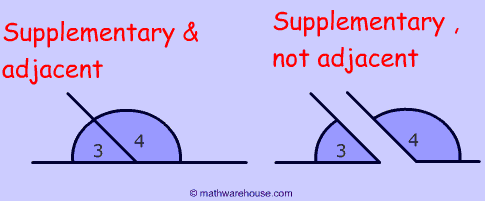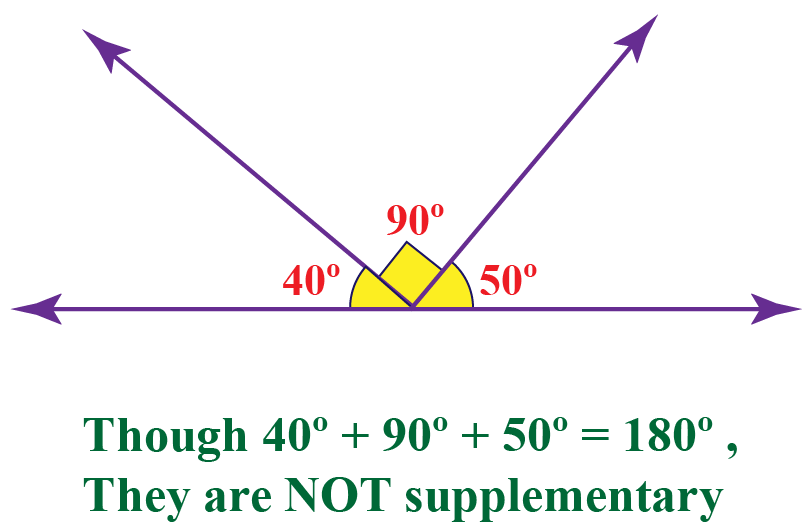
This prompted us to explore the design of suitable porous adsorbents for the efficient and selective extraction of gold from different water matrices. Thus, a material should be selective, stable over long term, and offer high gold capacity and removal efficiency in varied complex water matrices however, reported adsorbents rarely evaluate their performance in complex matrices ( 9, 12– 16, 18– 21).


What is more, during the gold extraction process, gold often exists in complex water matrices (river water, seawater, e-waste leaching solution, etc.) with high concentrations of other interferents including competing metal ions and organic interferents. Limited porosity can limit the exposure of adsorption sites, reducing the extraction rate and requiring hours or days to reach equilibrium. However, some functionalization strategies also reduce the porosity of these porous materials sharply where the specific surface area can drop below 500 m 2/g ( 13– 15, 19), even below 50 m 2/g ( 16, 18). Furthermore, it has been shown that postsynthetically functionalizing such porous materials with desired functionality is an effective strategy to prepare excellent adsorbents having high gold extraction capacity. For the recovery of gold from e-waste, adsorption technologies based on porous materials having an abundance of adsorption sites and fast gold removal from solutions have attracted much recent attention, resulting in a number of reports aimed at the extraction of gold from waste streams using a host of porous adsorbents such as metal-organic frameworks (MOFs) ( 11– 17), covalent organic frameworks ( 18, 19), porous aromatic frameworks ( 20), and porous polymers ( 9, 21). Thus, it is imperative to complement virgin mining with the development of efficient routes to extract gold from nonconventional sources like electronic waste (e-waste) ( 8– 10). With the ever-growing consumption of electronics and new energy industries, gold extraction via traditional virgin mining from ore is unable to meet the growing demand ( 1– 7). Given the accumulation of recovered metallic gold nanoparticles inside, the material was also efficiently applied as a catalyst. Furthermore, the high porosity and redox adsorption mechanism were shown to be underlying reasons for the material’s excellent performance. BUT-33–PpPD exhibits a record-breaking extraction rate, with high Au 3+ removal efficiency (>99%) within seconds (less than 45 s), a competitive capacity (1600 mg/g), high selectivity, long-term stability, and recycling ability. Here, a highly porous metal-organic framework (MOF)–polymer composite, BUT-33–poly( para-phenylenediamine) (PpPD), is assessed for gold extraction from several matrices including river water, seawater, and leaching solutions from CPUs. Thus, there is increasing interest in the design of materials to achieve rapid, selective gold capture while maintaining high adsorption capacity, especially in complex aqueous-based matrices.


With the fast-growing accumulation of electronic waste and rising demand for rare metals, it is compelling to develop technologies that can promotionally recover targeted metals, like gold, from waste, a process referred to as urban mining.


 0 kommentar(er)
0 kommentar(er)
